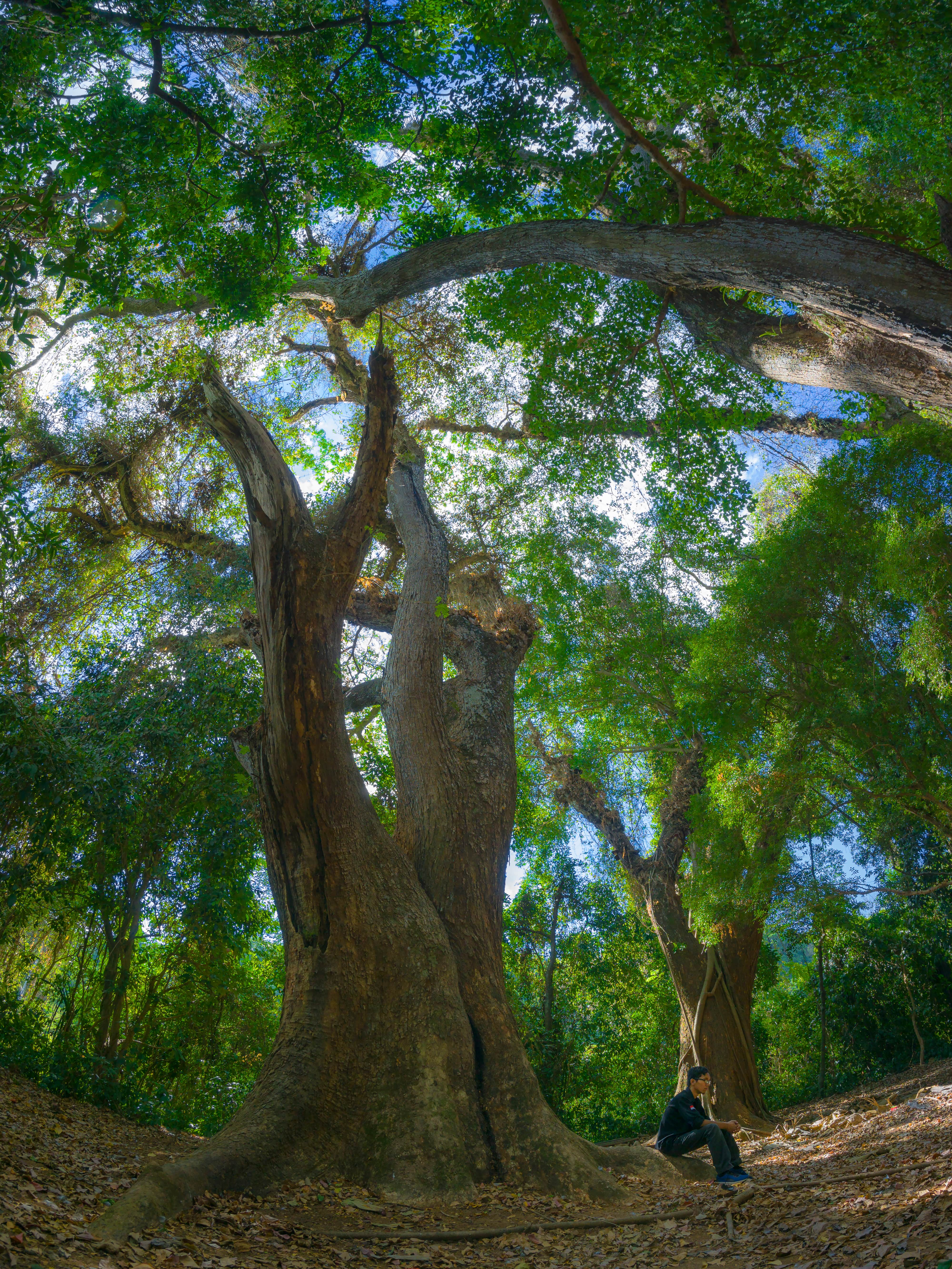Indigenous peoples are increasingly recognised as the most effective custodians of the world’s remaining forests.
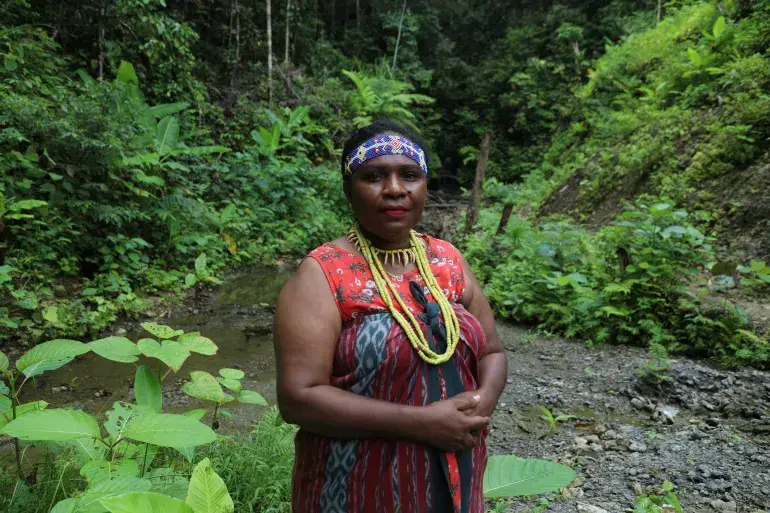
Striding barefoot through the emerald green jungle with a long wooden bow slung over his shoulder, Josep Ogoney points up at the tropical vegetation surrounding him and his remote riverside village.
“This is my pasar,” said the 37-year-old, using the Indonesian word for a market. “I can take animals to eat, plants for medicine and wood to build my home.”
But this stretch of pristine rainforest is rather different from conventional markets.
“It’s all free,” grinned Josep, who is a member of the Ogoney, an Indigenous clan from Indonesia who inhabit the far-eastern, richly-forested province of West Papua.
That is not entirely true. The Ogoney have cultivated the forest for centuries, living off the fruits of their labour. Here, they grow pineapples, sago and sweet potatoes, they hunt deer and pigs, and they use endemic plants to nourish and heal themselves.
But while parts of the Ogoney’s forest have been set aside for sustainable use of the abundant natural resources, much is considered sacred according to their traditional beliefs and, therefore, it is not only left untouched, but fiercely protected.
“We depend on the forest,” adds Josep. “We will reject anyone who tries to exploit it.”
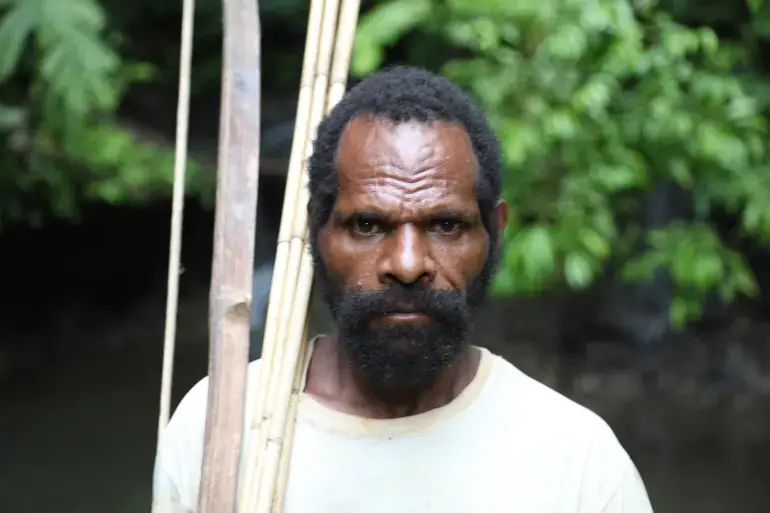
Indigenous peoples and local communities, like the Ogoney, manage half the world’s land and 80 percent of its biodiversity and have been effective custodians and defenders of nature for generations. Forests on Indigenous lands, which store 37.7 billion tonnes of carbon globally, play a major role in stabilising the earth’s climate.
But only recently have Indigenous peoples and local communities begun to receive mainstream recognition for that role. At the United Nations Climate Change Conference in 2021, also known as COP26, world leaders pledged to provide $1.7bn to support these communities, citing evidence that they reduce deforestation.
“By using sustainable practices taught from one generation to another, they actively safeguard forests, preserving biodiversity and keeping a delicate balance essential for both the environment and their own sustenance,” said Emmanuelle Bérenger, lead for sustainable forest management at the Rainforest Alliance, a global nonprofit. “To effectively protect forests, they need to be supported through legal recognition.”
Long process
Lessons for supporting Indigenous-led conservation can be learned from Indonesia, which, in 2016, began legally recognising Indigenous “customary forests” in order to both bolster land tenure rights and better manage the nation’s natural resources.
To date, Indonesia’s Ministry of Environment and Forestry, which oversees the third largest tract of rainforest in the world, has recognised the customary forests of more than 100 tribes, reallocating 153,000 hectares (591 square miles) of land previously under state control.
In October, the Ogoney became the first Indigenous people in West Papua province to have a customary forest recognised by the government. It spans 16,299 hectares (63 square miles) of lowland tropical forest, which contains rare species such as birds of paradise and cassowaries – emu-like creatures that are the closest living species to dinosaurs.
“I myself thank God because of this acknowledgement,” said Yustina Ogoney, head of Merdey district, which encompasses all the Ogoney villages. “I pay serious attention to forest protection because if there is no forest, it will have a big impact on us.”
Recognition was the culmination of a long, difficult process that began in 2017.
The Ogoney began their application for customary land recognition after a timber company, Papua Satya Kencana (PASKA), was issued a concession in their district.
“I saw that areas belonging to other clans in the Moskona tribe suffered massive timber harvesting by the company,” said Yustina, who in 2017 became the head of the district. “Our forest is still intact, and we didn’t want it to happen here.”
It was not a simple process.
Many of the Ogoney had no idea about the existence or importance of the decree on customary land recognition, and when it came to mapping the territorial boundaries, there were disputes between communities as to where they should be. Several site visits were required before the government eventually verified the application.
“The government has been very slow to give recognition, especially for the Papuans,” says Sulfianto Alias of Panah Papua, which with the support of Perkumpulan HuMa Indonesia, led participatory mapping for the Ogoney and six other clans in the region.
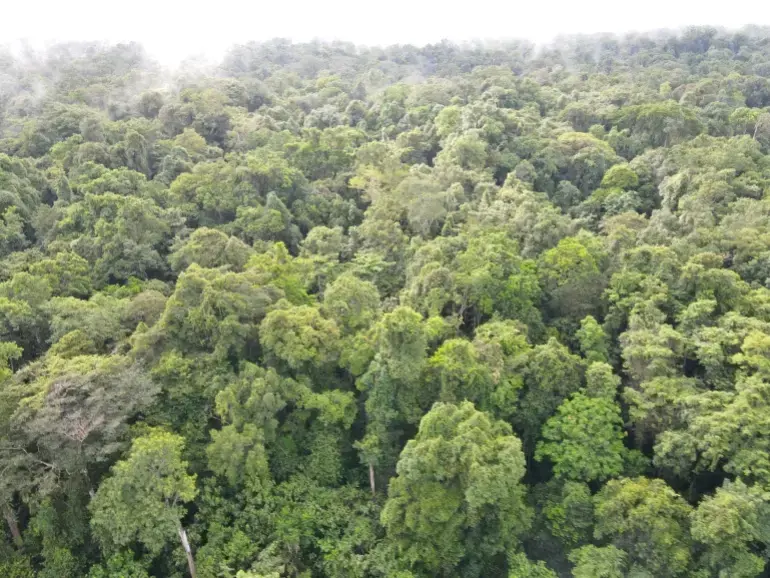
As part of the process, Panah Papua produced a study of the Ogoney culture, which is known for its sustainability.
The clan, which according to the research dates back at least seven generations, practise shifting cultivation, largely of sago, which comes from palm trees, and buah merah, an endemic red fruit known for its healing properties – with rules dictating where in the forest cultivation is permitted.
“It is a beautiful place,” said Rosalina Ogoney, a 41-year-old from the same village as Josep. “We have fields where we can grow food, but only for what we need, and elsewhere it is forbidden to even enter – let alone hunt or carry out activities.”
As a result, the rainforest has been preserved. A study by the Samdhana Institute, an Indonesian nonprofit, found that between 1990 and 2020 just 51 hectares (126 acres) of forest were lost on the Ogoney’s land, an annual deforestation rate of just 0.1 percent.
By comparison, Nusantara Atlas, an independent deforestation monitor, estimates Indonesia’s tree cover loss from 2001 to 2021 was an average 0.5 percent each year.
“The evidence shows that Indigenous people protect their forest,” said Yunus Yumte, Papua project coordinator for the institute. “We found the low deforestation was due to the traditional cultural practices in forest and land cultivation and limited access.”
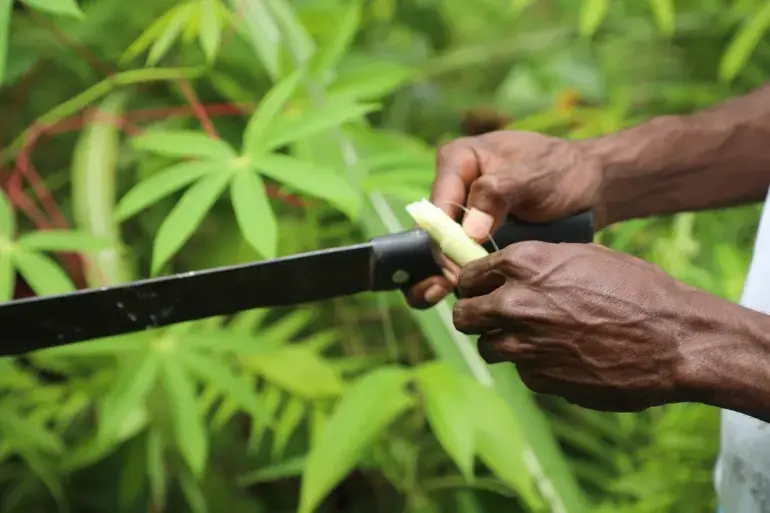
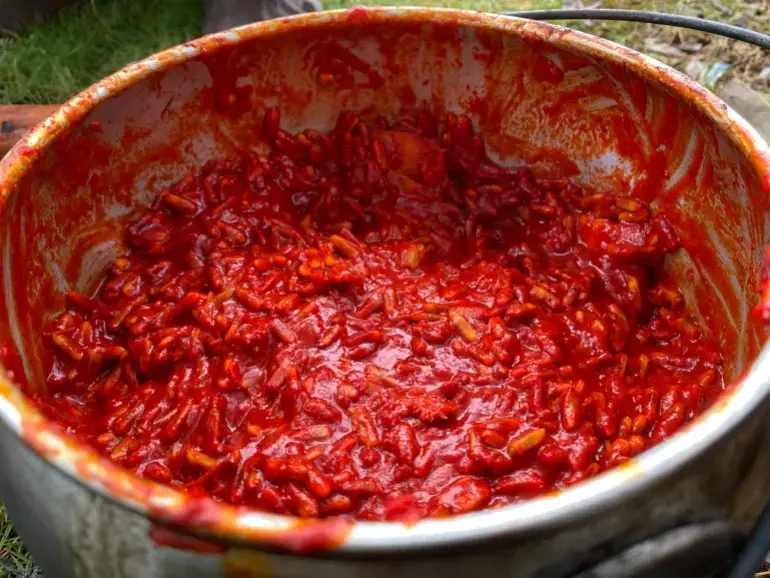
As well as a source of food, medicine and building materials, the forest provides a key defence against floods – more frequent due to climate change – in Ogoney territory, which is surrounded by large rivers at the foot of the Arfak mountains.
Boost for women
Beyond the climate benefits, the broader recognition of customary forests is seen as an opportunity to improve gender equality and livelihoods among Indigenous peoples, who are disproportionately affected by poverty and discrimination.
Previously, the Ogoney received scant agricultural training or support because their land was considered state forest, but officials at the Ministry of Manpower and Bogor Agricultural University are now working to help improve the efficiency of crop cultivation. There is also the prospect of ecotourism being developed.
“I hope that inclusive economic growth can occur,” said Rina Mardiana, of the university’s Faculty of Ecology.
Meanwhile, a study of five customary forests – including the Ogoney’s – last year found the process has created “opportunities for women” in local politics.
Women in one tribe in Sumatra, on the western end of the Indonesian archipelago, successfully improved gender equality in forest management by forming women’s groups. But the success is not widespread. Women often require permission from male relatives to use forest products, for example. “Still women’s voices are not taken into account,” said Abby Gina Boang Manalu, the lead author of the study.
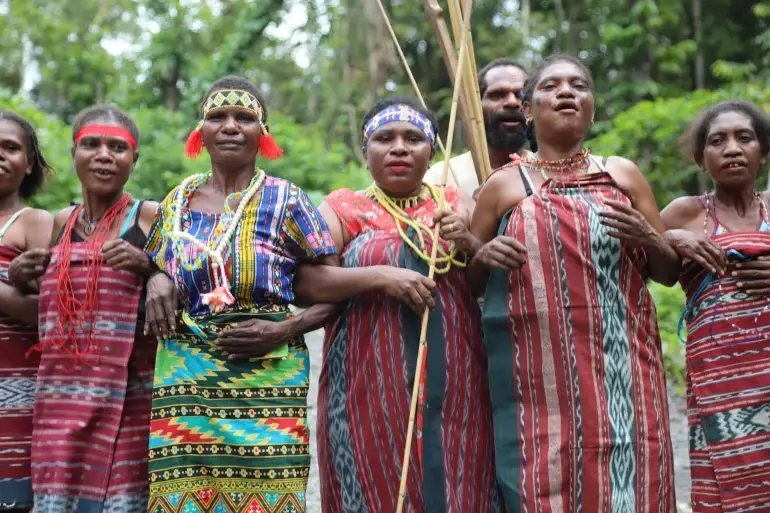
Going forward, critics say that the government must ramp up the speed and scale of recognition.
According to a report in March by the Ancestral Domain Registration Agency (BRWA), an Indonesian nonprofit, there 25.1 million hectares (96,912 square miles) of potential customary forest, but only 3.2 million hectares (12,366 square miles), or 12.7 percent, has been recognised by local government – the final step before national government passes recognition.
“It’s not enough,” said Tania Li, a professor of anthropology at Toronto University and expert in Indonesia’s Indigenous peoples’ movement. “It’s not happening at the scale required. It has to move at least as fast to even catch up with the backlog.”
Li points to the tens of millions of hectares of concessions that have been granted for palm oil, logging and mining, particularly in Papua, where Indigenous land rights face a difficult and complicated political backdrop due to a long-simmering separatist conflict.
“This is a decisive moment,” added Li. “Does Indonesia really want to protect its forests and Indigenous peoples, or does it want profits and power?”
New funding
Even for the Ogoney, concerns linger post-recognition. Several clan members held a protest at the logging company PASKA’s site in 2019 after it allegedly failed to build homes, water wells and toilets for the community as promised. While the company has stopped operating on their land since its permit lapsed, the damage is still being felt. “The water has become muddy, it’s hard to find fish,” said Julianus Ogoney, 29.
PASKA did not respond to requests for comment.
The Ministry of Environment and Forestry told Al Jazeera it is working to speed up its process of recognition.
“There is a great reason to support Indigenous peoples,” said Yuli Prasetyo, deputy director of the ministry’s customary forest programme. “They know how to best protect and manage their lands. We can all learn from them.”
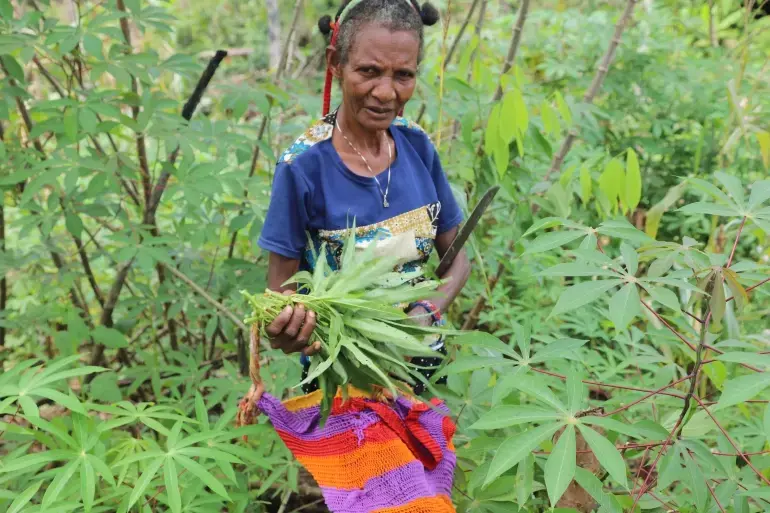
Those efforts received a major boost in May when international donors launched the Nusantara Fund, which will provide up to $20m over the next decade in what is Indonesia’s first direct funding mechanism for Indigenous peoples and local communities.
Back in West Papua, the dawn of a new age of Indigenous empowerment could be on the horizon. And while some of the Ogoney opposed Yustina when she became the first female head of the district, they have since changed their minds.
“Male elders said I was not capable enough,” said Yustina, pacing along a dirt trail in the rainforest wearing a technicolour headdress, dogtooth necklace, and handwoven cloth sarong handed down from her mother.
“I did not respond or acknowledge them. Instead, I worked hard. They have stopped questioning me now.”


